In Finland and much of the eastern Baltic region, networks of interlocking lakes were once the only links between settlements and farms; boats were the only form of transportation. The endless miles of lake shore are littered with rocks and navigating these waters has always required a wary eye and a responsive boat. For centuries fishermen-farmers tending nets and traps had double-ended working boats with a broad beam and plenty of space for handling cargo as well as good maneuverability. They often rowed with one person amidships at the oars and another seated in the stern facing forward and using a single-bladed paddle. The paddler augmented propulsion and did the tight maneuvering needed to attend nets and navigate through rocks. In days gone by, the husband of a rural household would steer and handle the heavy hauling work while his wife sat amidships and took care of the rowing. A similar type of traditional working boat, the keluvene, was used to manage logs brought in rafts to lakeside lumber and paper mills. Assembling the logs at the forest and later sorting them at the mill required maneuverability and durability. In a church I visited near the mills I found a 1:2 scale model of a keluvene; located amidships was a large hand-operated windlass for managing logs, leaving space for a single oarsman on the front bench.Ruud van Veelen combined elements of these traditional Finnish boat designs with modern technology to create the Saajuu 470, a lightweight and versatile lapstrake skiff. Ruud, a transplanted Dutchman doing business as Puuvenepiste, (Wood Boat Center), lives in Sulkava, a village in eastern Finland just 50 miles from the Russian border and famous for hosting the Sulkava Rowing Race, Finland’s largest annual gathering of wooden rowboats. The race has as a many as 7,000 rowers and courses ranging from 2,000 meters to 70 kilometers. Ruud developed a reputation among local competitive rowers by building an arguably revolutionary design of a racing Churchboat, a modern version of a kirkkovene, the type of long lapstrake boat once used to ferry congregation members to and from church. Ruud’s 12-meter, five-chine, plywood boat for 14 rowers and a coxswain was nearly 440 lbs (200kg) lighter than other boats in the long-boat racing class. He later used the same transition to plywood, epoxy, and computer-aided design to create the Saajuu 470, a multipurpose skiff based on the region’s traditional general utility boats.The Saajuu 470 is 4.7 meters (15′ 5″) in length with a beam of 1,385 mm (53 ½″). The five strakes of glued-lap planking are 9mm okoume plywood; the stems and laminated frames are pine or spruce. The woodwork is bonded with epoxy and finished in either five layers of varnish or two layers of epoxy primer and three coats of high-gloss paint. Optional expanded polystyrene blocks secured under each of the three benches provide flotation (and meet the requirements of the European Recreational Craft Directive, category D, for sheltered waters). The interior has nothing extra, and isn’t burdened by the unnecessary weight of floorboards, risers, or inwales. In a departure from the traditional double-ended form, Ruud added a narrow transom to take a small gas or electric outboard.
Join The Conversation
We welcome your comments about this article. To include a photo with your remarks, click Choose File below the Comment box.
One thought on “Saajuu 470”
Comments are closed.

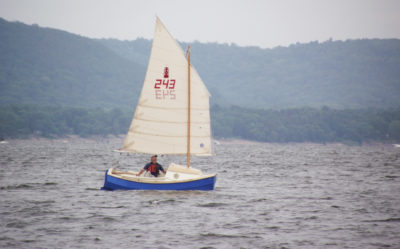
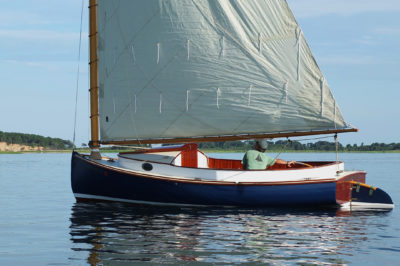
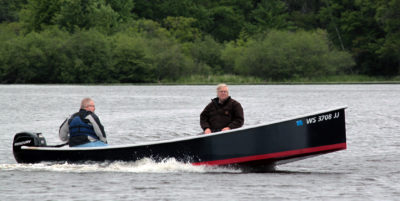
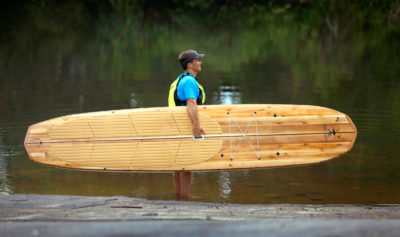
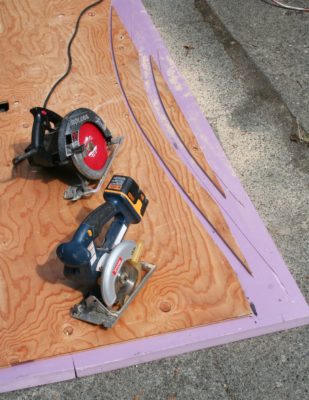
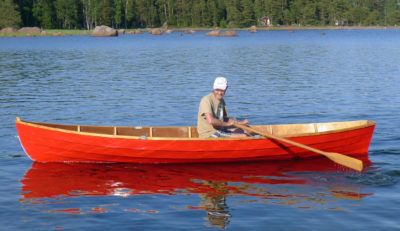


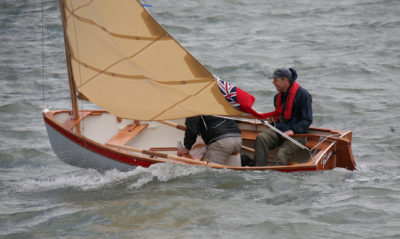
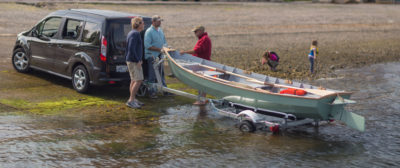
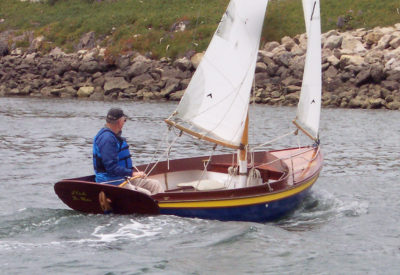
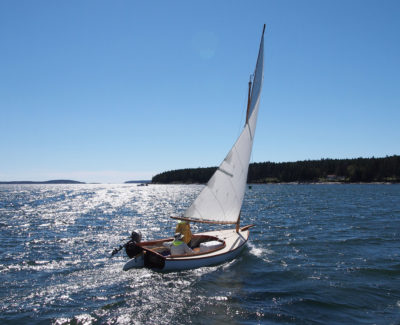
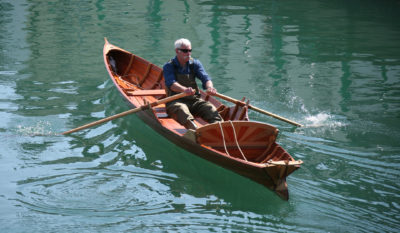
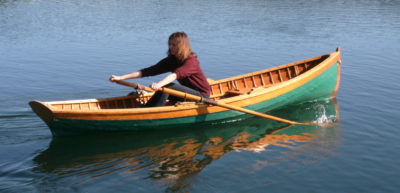
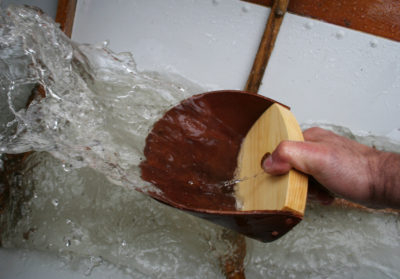
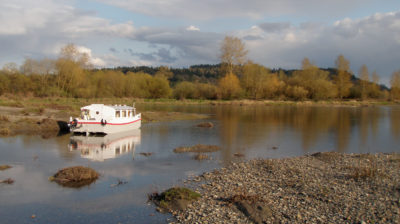
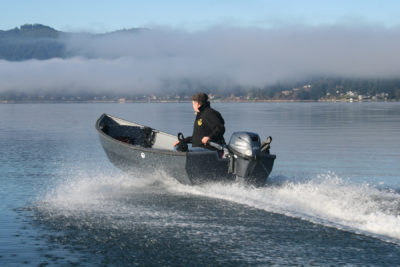
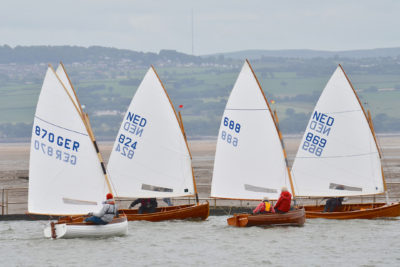


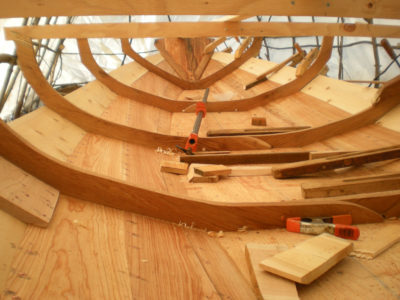
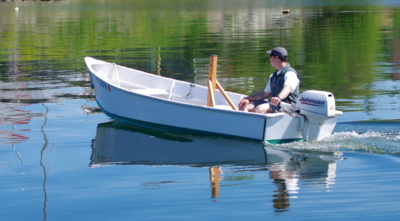
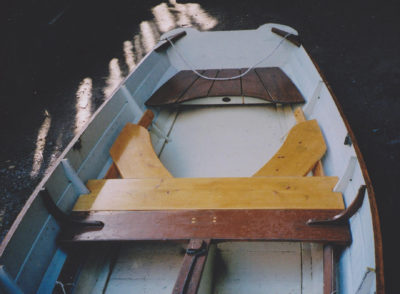
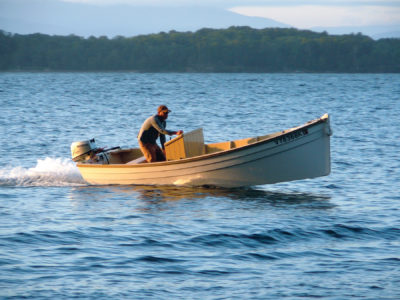
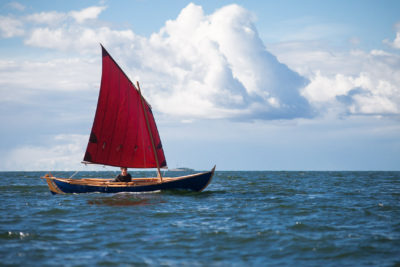

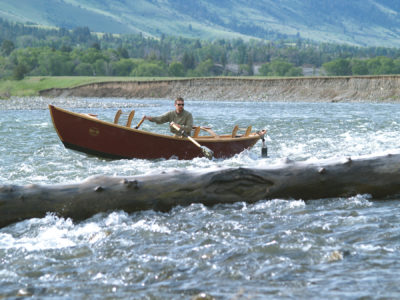
It makes you realize where the origins of the great voyages by Northmen and Vikings arose and their skills at boatbuilding and endurance in open boats. Excellent information.